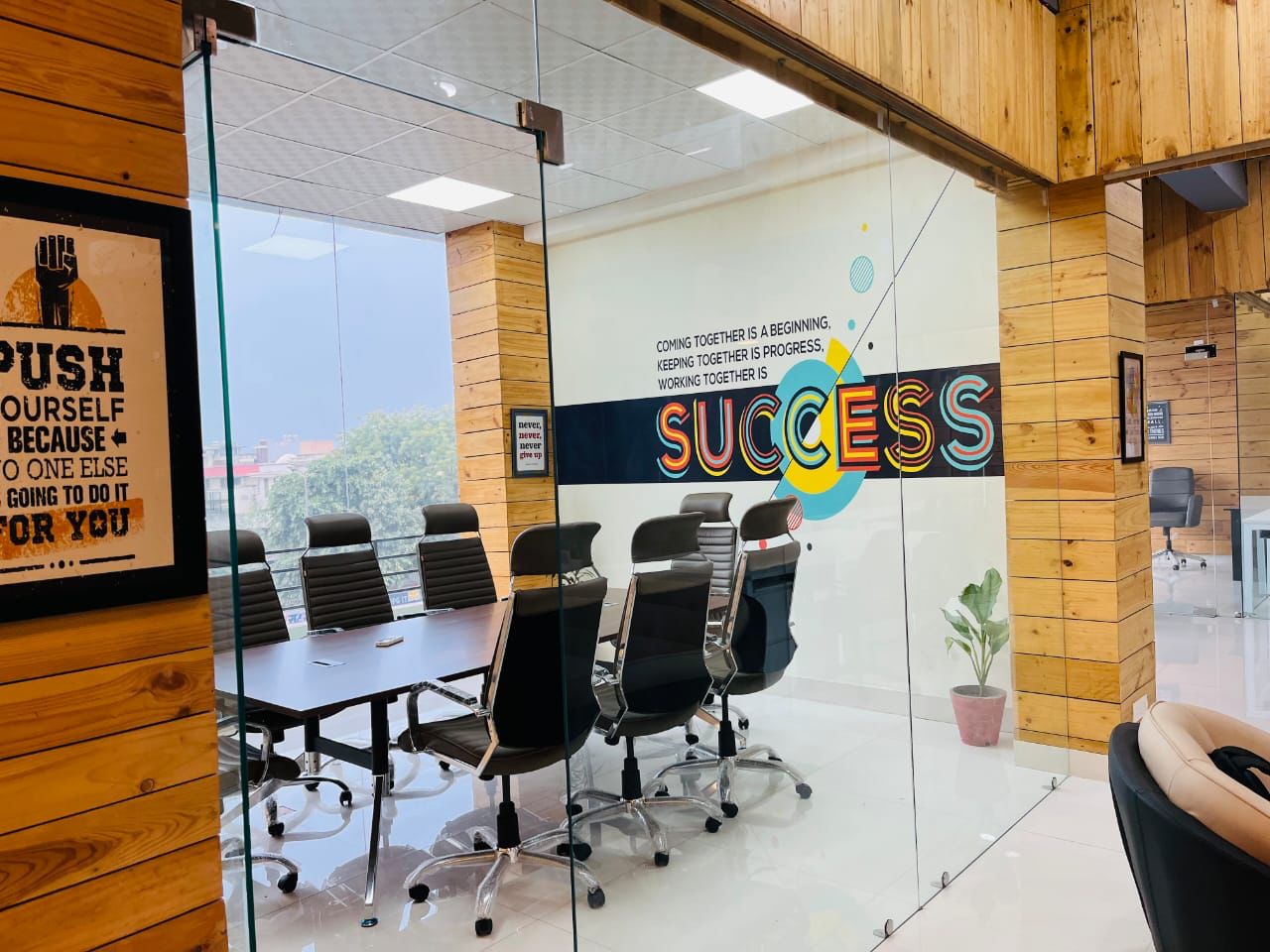Meeting rooms are a vital asset in any coworking space, serving as hubs for collaboration, presentations, client meetings, and creative brainstorming sessions. For coworking space owners, managing these rooms efficiently is crucial for maximizing revenue, enhancing member satisfaction, and promoting a professional environment. Effective meeting room management goes beyond just booking schedules—it encompasses space utilization, technology integration, etiquette enforcement, maintenance, and seamless user experience.
This article offers a detailed, step-by-step guide tailored for coworking space owners looking to optimize their meeting room management practices, supported by industry best practices and practical advice.
Understanding the Importance of Meeting Room Management
Well-managed meeting rooms contribute significantly to the success of a coworking space. They attract startups, freelancers, and corporates who depend on well-equipped and accessible rooms for their professional interactions. When meeting rooms are managed poorly—double-booked, under-equipped, or cluttered—they can lead to frustration and tarnish the overall reputation of your space.
Step 1: Implement a Robust Booking System
-
Use advanced booking software that integrates with calendars and emails for transparent scheduling.
-
Display up-to-date availability with real-time updates to avoid double bookings.
-
Allow members to book rooms online easily for specific durations with clear start and end times.
-
Consider offering different room sizes to accommodate various types of meetings, including single-person booths for calls.
-
Implement booking limits, including maximum duration and time extensions, to ensure fair access.
-
Include options for members to cancel or modify bookings with sufficient notice to free the room for others.
Using coworking management platforms like DeskOS (Deskos.net) can streamline bookings, sending reminders and enabling onsite check-ins and check-outs to keep schedules on track.
Step 2: Set Clear Usage Policies and Etiquette Guidelines
-
Establish and communicate policies on punctuality to emphasize starting and ending meetings on time.
-
Provide guidelines on maintaining professional behavior, including noise control and respect for shared spaces.
-
Encourage users to leave the room tidy—disposing of trash, resetting furniture, and erasing whiteboards.
-
Clearly specify cancellation policies to avoid last-minute no-shows.
-
Educate members on how to report issues or technical difficulties promptly to maintenance.
Transparency in policies reduces confusion, conflict, and misuse, creating an environment of mutual respect.
Step 3: Design Meeting Rooms for Functionality and Comfort
-
Equip rooms with ergonomic seating, appropriate lighting, and adjustable climate control to enhance comfort.
-
Offer technological amenities such as high-speed WiFi, large screen displays, projectors, interactive whiteboards, and ample power outlets.
-
Provide video conferencing equipment with noise-cancellation and high-quality microphones for virtual meetings.
-
Maintain a clean, uncluttered environment with easily accessible equipment like markers, cables, adapters, and chargers stored in dedicated hubs.
-
Incorporate soundproofing to ensure privacy and reduce external noise disruptions.
-
Use digital signage outside meeting rooms to display current bookings and upcoming reservations for visibility.
A well-designed and equipped room encourages productivity and attracts premium-paying members.
Step 4: Optimize Scheduling and Utilization
-
Monitor room usage data regularly to identify peak times and underutilized periods.
-
Adjust pricing dynamically to incentivize off-peak bookings or longer-term reservations.
-
Offer flexible time slots, including hourly, half-day, and full-day packages.
-
Encourage members to book smaller rooms for solo calls and preserve larger rooms for group meetings.
-
Allocate room availability fairly among members and teams to avoid favoritism.
-
Use analytics from management software like DeskOS to make data-driven decisions about room capacity and future expansions.
Step 5: Maintain High Standards of Cleanliness and Maintenance
-
Train staff or hire professional cleaning services to sanitize rooms frequently, especially high-touch areas.
-
Stock cleaning supplies such as sanitizing wipes and tissues inside or near meeting rooms for immediate use.
-
Inspect rooms regularly to ensure all equipment functions correctly.
-
Address maintenance issues swiftly to minimize downtime or inconvenience.
-
Create a feedback loop allowing members to report issues via apps or onsite kiosks.
Clean and well-maintained meeting rooms convey professionalism and care, enhancing member loyalty.
Step 6: Foster a Positive User Experience
-
Welcome members with clear instructions on how to use equipment and room features.
-
Provide onsite technical support or remote assistance to troubleshoot quickly.
-
Facilitate easy check-in/check-out procedures either via apps or front desk staff.
-
Encourage members to provide feedback on room conditions and booking processes.
-
Host orientation sessions or create tutorial materials on meeting room etiquette and usage.
Positive experiences transform first-time users into repeat customers and advocates for your coworking space.
Step 7: Leverage Technology for Seamless Management
-
Use meeting room management systems like DeskOS to coordinate bookings, billing, access control, and reporting.
-
Integrate the system with other coworking space operations for a holistic view of space utilization.
-
Employ contactless entry systems to streamline member access and enhance security.
-
Utilize automated reminders and notifications for upcoming bookings or overdue meeting times.
-
Generate reports on usage patterns, revenue, and member preferences to tailor offerings.
Technology not only increases operational efficiency but also improves member satisfaction through convenience and transparency.
Step 8: Revenue Optimization Strategies
-
Price meeting rooms competitively based on size, location, and amenities.
-
Offer packages and memberships that include meeting room hours.
-
Upsell value-added services such as catering, printing, or premium AV equipment.
-
Allow external clients or non-members to book meeting rooms at premium rates.
-
Consider dynamic pricing during peak hours or for popular rooms.
-
Run periodic promotions or loyalty programs to boost usage and attract new clients.
Effective revenue strategies ensure meeting rooms contribute substantially to overall coworking profitability.
Conclusion:
Mastering meeting room management is essential for coworking space owners aiming to maximize space utilization, enhance member satisfaction, and drive profitability. By implementing strong booking systems, clear policies, thoughtful design, meticulous maintenance, and leveraging advanced technology platforms like DeskOS, owners can create a professional, welcoming, and efficient meeting environment. Coupled with strategic marketing and member engagement, this approach fosters lasting community value and business growth in an increasingly competitive coworking landscape.

